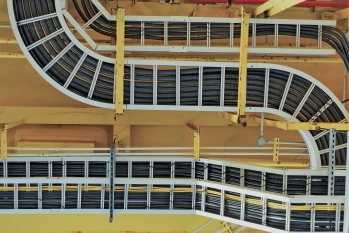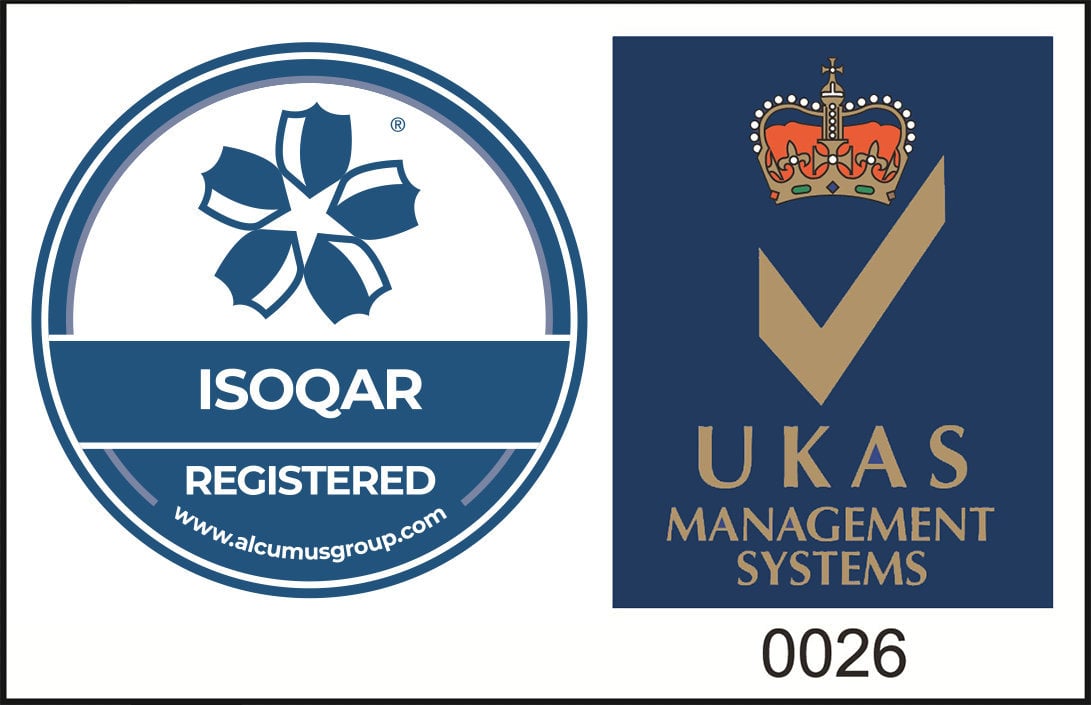
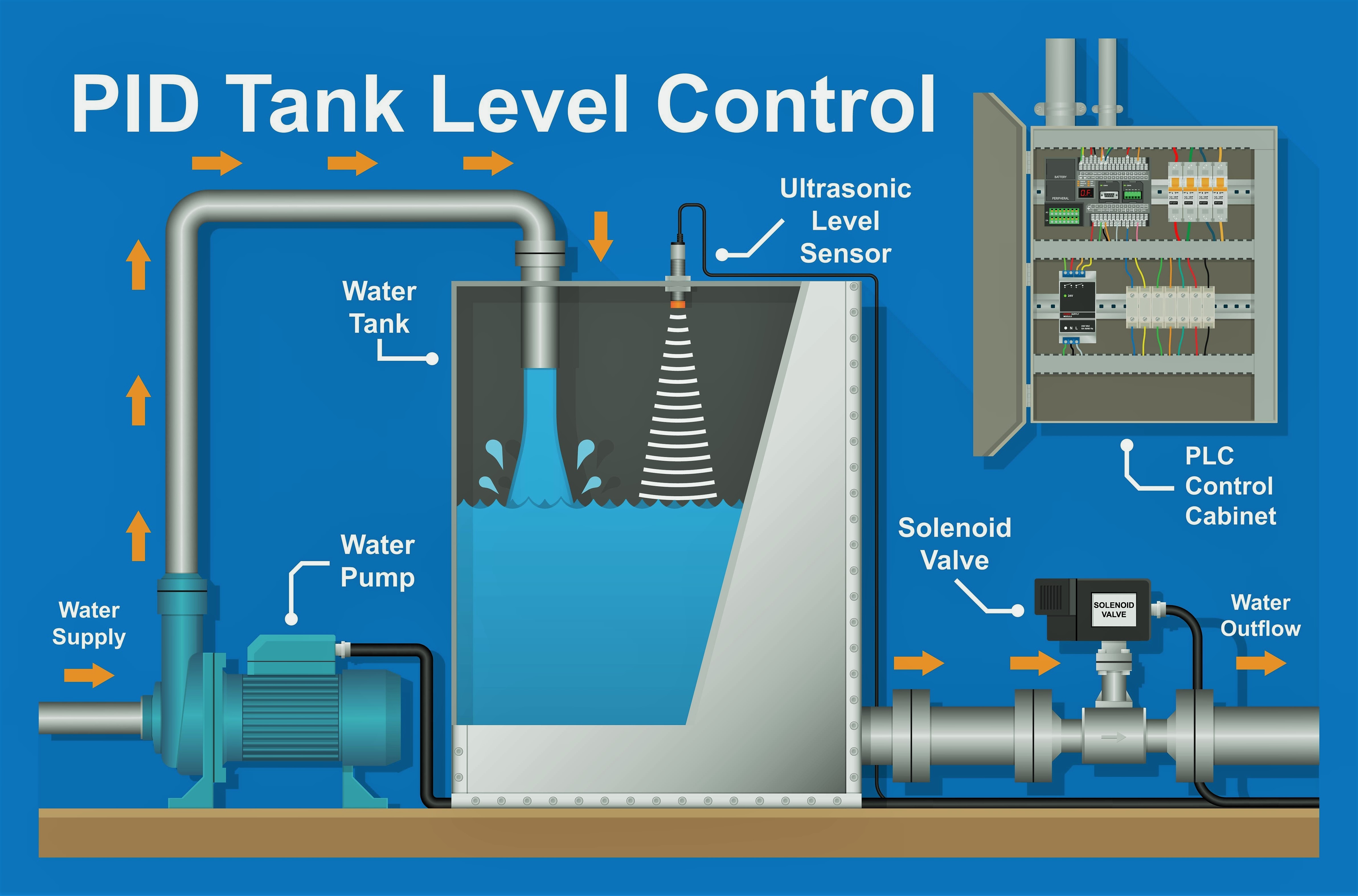
PID Controllers: Should they stay in your automated process or should they go now?
Published: 10/12/2021
PID Controllers: Should they stay in your automated process or should they go now?
A Proportional Integral Derivative (PID) controller is a device used to control temperature and pressure in industrial applications. These controllers use a control loop feedback mechanism to command these variables and maintain system stability. Once the temperature reaches the setpoint, the power supply is stopped. The current temperature is otherwise known as the process value while the error value is continuously monitored, calculating the proportional, integral and derivative values in order to form the desired level of output. PID controllers come in many different shapes and sizes, all with different levels of control. So, what is the difference between this and a programmable logic controller (PLC) and which one best suits your operations?
In the words of The Clash, should the PID controller stay or should it go and make way for PLCs?
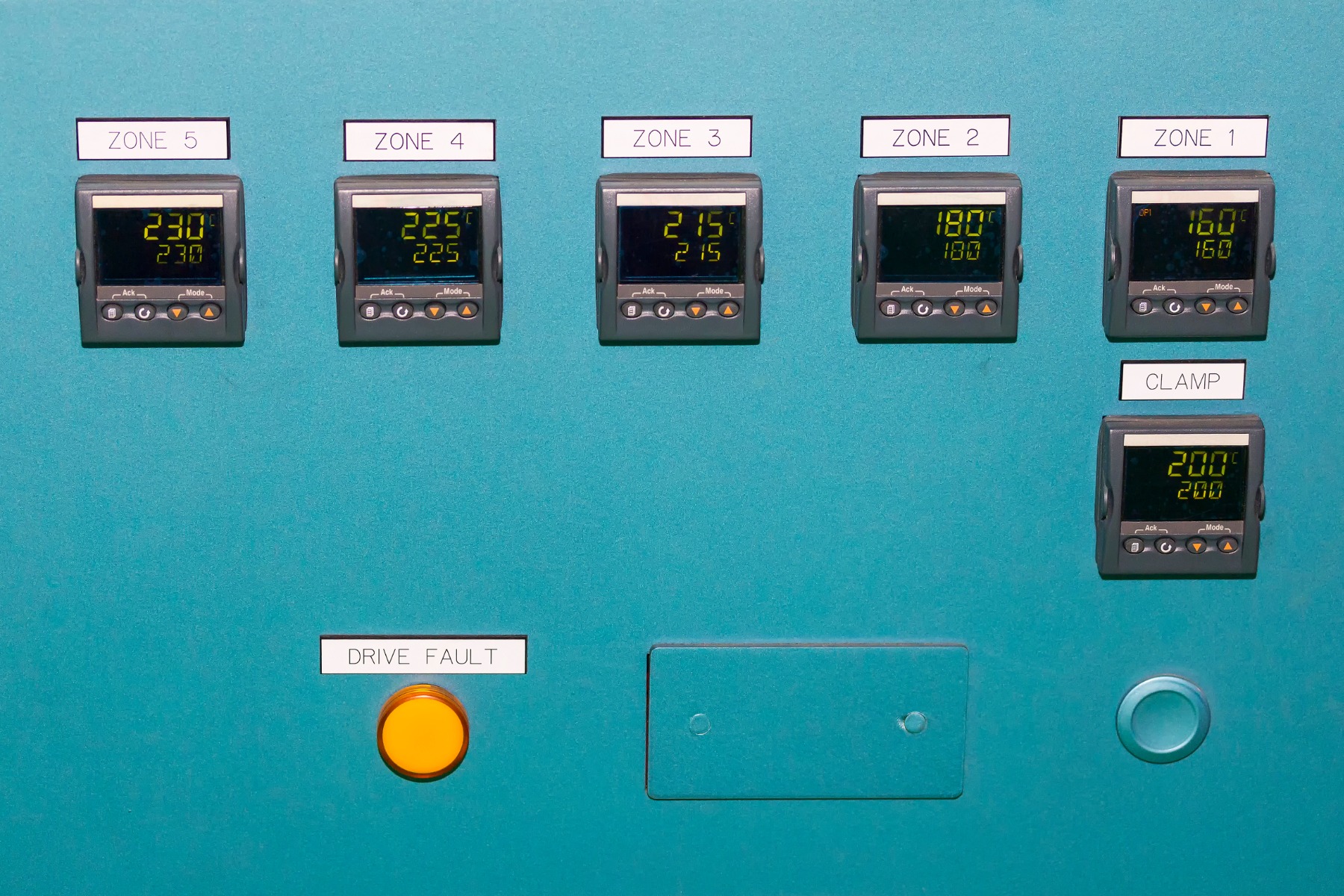
Types of PID Controllers
The PID controller comes in three different forms, each with their own characteristics and capabilities. Choosing one will be entirely dependent on your industry and operational requirements. How much control do you need?
On/Off Function Control
This temperature control device is fairly simplistic having an off and on setting with no midway point. As the temperature rises and reaches the threshold, it will then switch the output. Under the same remit are limit controllers which have the ability to halt operations once that maximum temperature limit has been reached. These devices must be manually reset.
Proportional Control
Second on our list is proportional control which has greater control functions than the on/off option. As the power is fed into the heater and the temperature gradually increases, this controller will decrease the amount of power as it reaches the limit, greatly increasing stability.
Standard PID Controller
The standard device contains within it a combination of both the proportional and derivative controllers. The two come together to provide the most stability and accurate results when pitted against its two competitors.
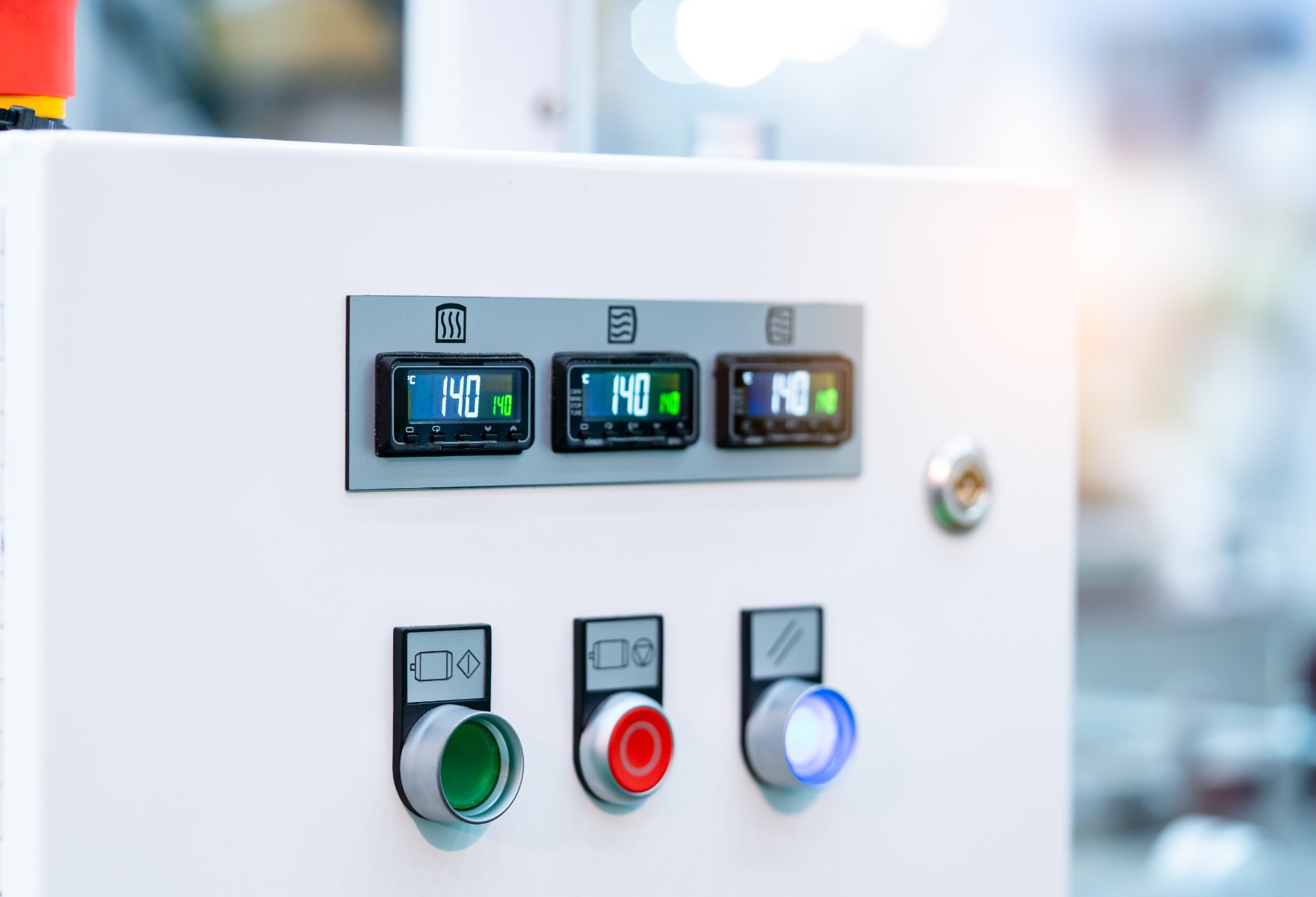
A Brief History: Where did it all begin?
The first PID controller dates back to 1911 when Elmer Sperry conceptualised the idea and just over two decades later in 1933, Taylor Instrumental Company developed and produced a pneumatic controller with proportional control capabilities. Technicians continued to build on this creation, resetting the steady state error which was later termed the proportional integral controller.
Derivative functions were brought into the picture in the 1940s which prevented the device from exceeding the maximum temperature and Zeigler and Nichols later introduced tuning rules, meaning specific parameters could be set for PID controllers. Industrial applications took these controllers under their wing and by the 1950s when the third industrial revolution was in full swing, PID controllers became part of the furniture.
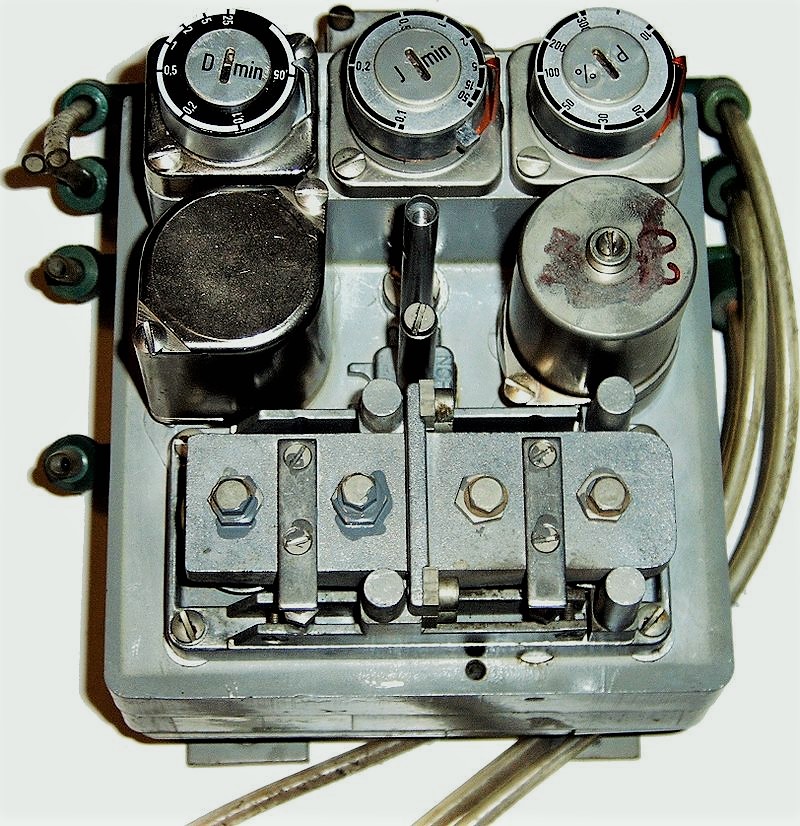
The Deciding Factors
Modular Design and Data Display
By nature, the PID controller is easy to implement with its control mechanism. Consisting of one input and output, they are often used for simpler systems, however modern day technology has opened the doors to multiple control channels. In contrast, a programmable logic controller (PLC) has the ability to control an entire automated process using multiple inputs and outputs with their modular design. In short, the PLC is designed to enhance control, however choosing between the two is dependent on how much control you really need over your operations.
In the same field as modular design, the PID controller has an LED display showing variables such as temperature alongside the setpoint, topped off with lights to indicate system status and error alarms. This system is customisable, equipped with a simplistic yet informative display making it suitable for a variety of applications. Some even show a breakdown of the system in segments in a graph format. Altering parameters became even simpler as specific customisable options could be prioritised on the menu. If the automated process is more complex with a greater number of control loops, a PLC paired with a human machine interface(HMI) is often the preferred option. Akin to a PID controller, the HMI can too show a visual representation of operations in a graphical display. Shown via icons, the touchscreen is highly convenient for the operator. Data is one of the most valuable assets in an automated manufacturing system. A PLC is held in high regard when we consider data collection as it is renowned for its logging capabilities. Most often paired with SCADA software, the results show productivity and reveal the inner workings of a process. The benefits go beyond the present and even pinpoints any preventative maintenance required to preserve the future of the component.
Both PLCs and PID controllers are capable of providing this data but when it comes down to making the final decision, it truly is dependent on the size of your operation and how you wish to view data.
Taking Control
With PID controllers being in the automated control game for so many years, they are known for their automatic tuning, temperature control, enhanced algorithms and overshoot prevention. When pitted against a PLC they continue to impress, however with many PLC manufacturers incorporating PID controller attributes within their makeup, this option is becoming increasingly popular. After all, if you could have your cake and eat it too, you most likely would.
Ongoing Maintenance
It is all well and good making a decision based on the specification but down the line when maintenance is required, how easy will it be to service? The PID controller is easier to maintain as the engineer simply removes it from the case where the terminals and wires reside. If the device needs to be replaced, a new one is put into the existing shell. In contrast the PLC is more complex, most commonly residing behind a panel which would first have to be removed before carrying out further works. Once this hurdle has been cleared though, replacing individual modules is straightforward meaning the decision is contingent on operations once more. How much stress is your control device under? What maintenance do you predict it shall require?
Configuration Management
Planning and preparation is key and so selecting a device with a shorter configuration time may seem like the best choice so you can get things up and running far sooner. While this is the case with a standard PID controller, its speed is a result of having fewer customisable options, menus and overall capabilities. When configuring a PLC, the process is far longer as they are programmed to communicate with the SCADA software and HMI. Now, this may seem like a no brainer but when you think about the long term implications, there are financial savings and process optimisation up for grabs with the PLC.
Industry Environment and Application
By now, we know that a PID controller is most commonly used for temperature control but can also be utilised in applications which require the same type of control but for a different purpose. A programmable logic controller is specifically for controlling machinery, capable of communicating with a vast array of field devices to perform the programmed action.
The most prolific challenge faced by PID controllers is their affliction to noise. Imagine your 5am alarm piercing your eardrums on your day off. This is how the Derivative or PID controller reacts when in the presence of electrical noise. Both low frequency processes and high frequency signal noise impact electrical noise and therefore control, having a knock on effect with wear and tear and the overall output. These variations in voltage and current are usually unpredictable and certainly unwanted but there are ways around the problem. From installing a resistor to control thermal noise to adding a filter to limit bandwidth, with these precautions in place, the risk is limited which allows this device to shine and provide a more reliant manufacturing process for many industries. In short, the PID controller is not typically suited to a nonlinear environment where the output change is not proportional to the changing input.

Can your automated manufacturing process take the heat?
If you need a replacement PID temperature controller, you have come to the right place. We have a range of brands in stock including Pixsys, West, Eurotherm and Red Lion. Whether you’re looking for a double or multi setpoint temperature controller, we have a solution in stock.
Want to find out more?
If you'd like to learn more, click the button below and one of our helpful friendly team will be in touch. Alternately you can reach us by phone on +44 800 234 3747
Share this article


























